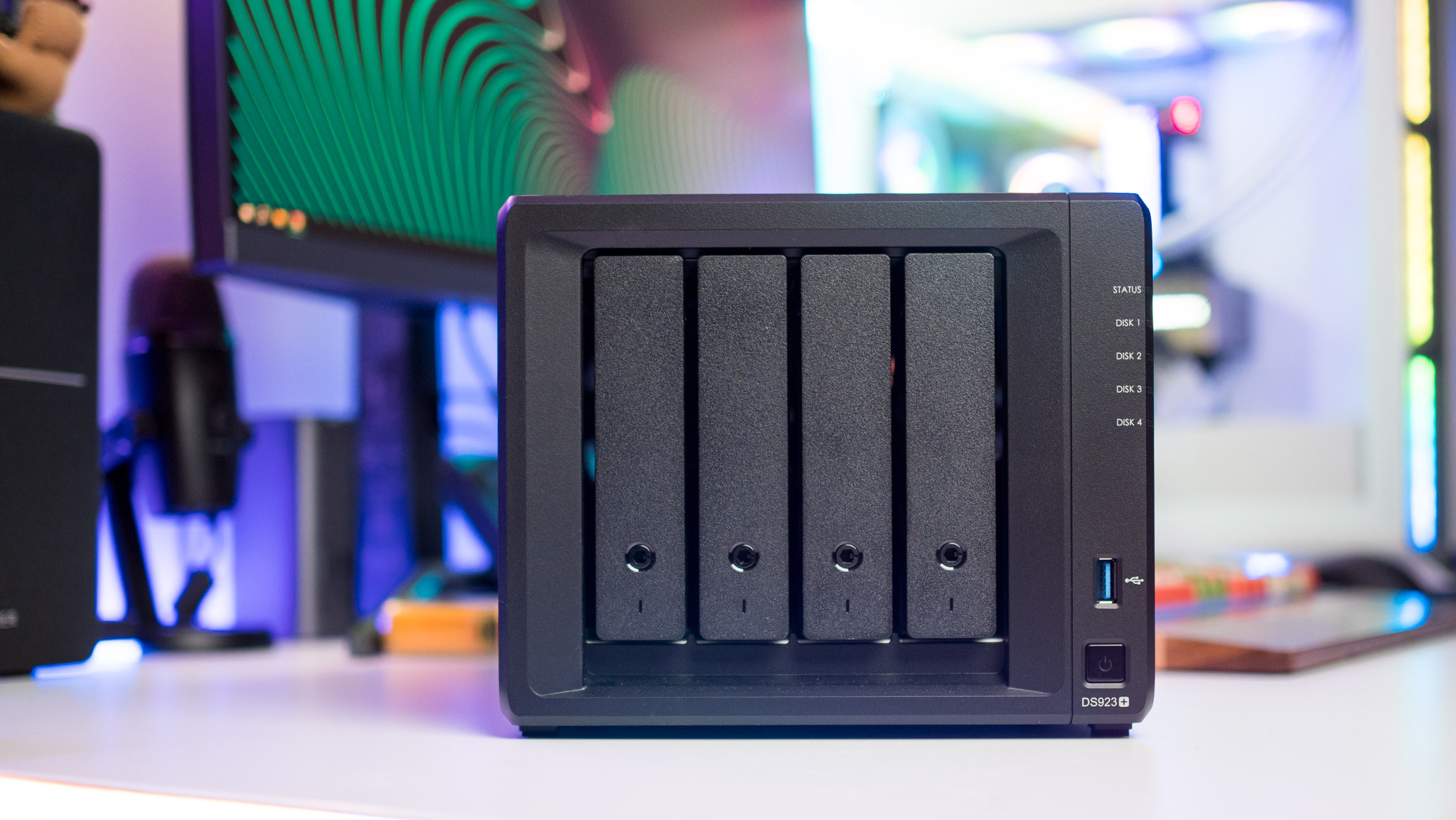Android Central Verdict
Bottom line: The successor to the ASUS Zenfone 7 is a modest upgrade in most areas but still stands out with clean, fast software and one of the best selfie experiences around.
Pros
- +
Flip camera delivers a great selfie experience.
- +
Snapdragon 888 brings fast performance
- +
Strong battery life from 5,000mAh battery
- +
Clean Android software with thoughtful extras.
Cons
- -
No wireless charging.
- -
No water resistance
- -
Not much new compared to Zenfone 7 Pro.
- -
ASUS's slow Android OS update track record.
Why you can trust Android Central
Since 2019, ASUS's Zenfone series has been defined by its unique flip camera system. Instead of including a front-facing camera above or inside the display, the Taiwanese firm managed to boast an improved screen-to-body ratio and superior selfies by fitting its cameras to a motorized hinge.
As the name suggests, the Zenfone 8 Flip is the latest phone to feature the flip camera, but it's not quite the flagship ASUS phone you might've been expecting. This device is the successor to the vanilla Zenfone 7, not the 7 Pro. And as such, it's a pretty modest upgrade compared to the less adventurous regular Zenfone 8. (ASUS is keeping quiet on whether a new "Pro" Zenfone is in the works, as has been rumored in recent months.)
But that doesn't mean the 8 Flip should be overlooked. ASUS's flip camera array can still take some of the best selfies in the game. And the phone's improved performance and strong battery life build on what was already an excellent overall experience.
ASUS Zenfone 8 Flip: Price and availability
The ASUS Zenfone 8 Flip will sell unlocked for €799 in Europe with 8GB of RAM and 256GB of storage, which matches the launch price of last year's Zenfone 7 Pro. ASUS has yet to announce any carrier partners for the device in Europe.
The Zenfone 8 Flip will not be sold in North America.
ASUS Zenfone 8 Flip: Hardware and design
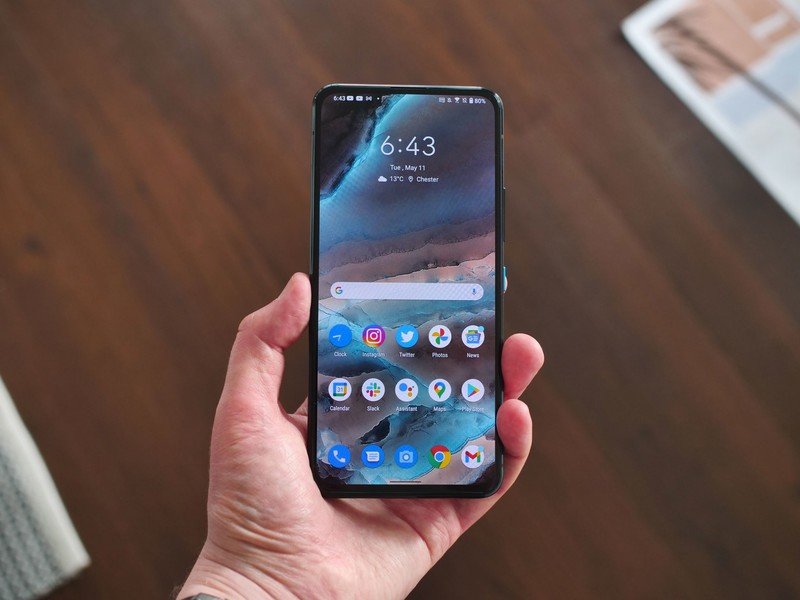
Having spent a good few months with the ASUS Zenfone 7 Pro during 2020, picking up the Zenfone 8 Flip was a very familiar experience. The screen size, basic design, dimensions, and weight are nearly identical — which is to say the Zenfone 8 Flip is definitely a bit of a slab. It weighs a single gram more than the Samsung Galaxy S21 Ultra and pushes the limits of what most people will be able to use comfortably with one hand.
Like its predecessor, though, that space is put to good use, allowing ASUS to pack in the flip camera module and an ample 5,000mAh battery.
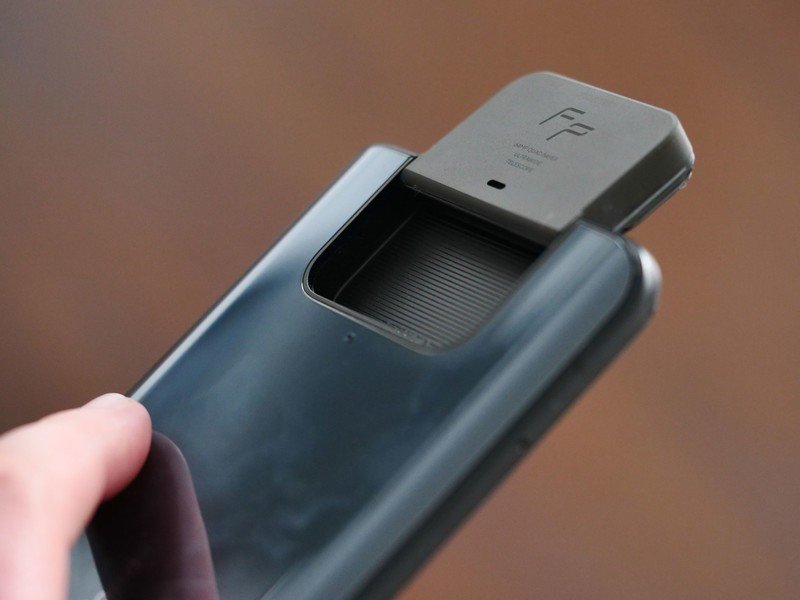
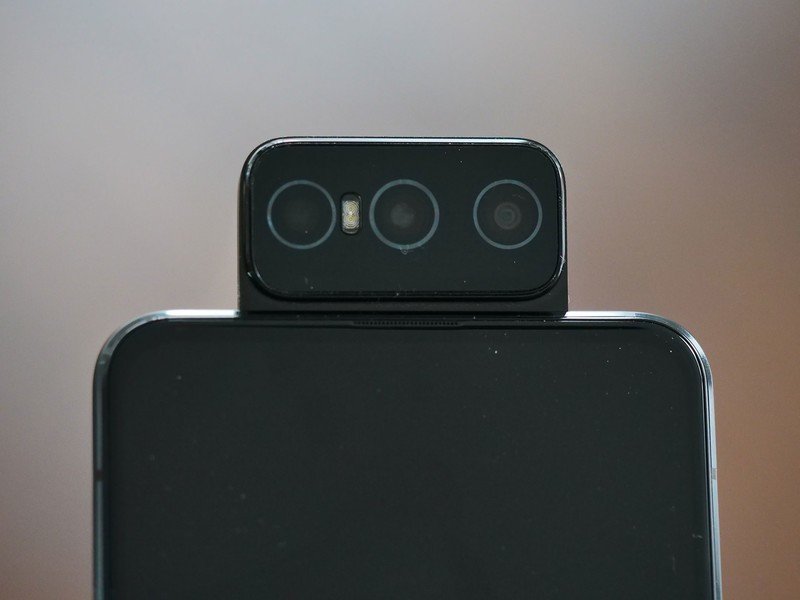
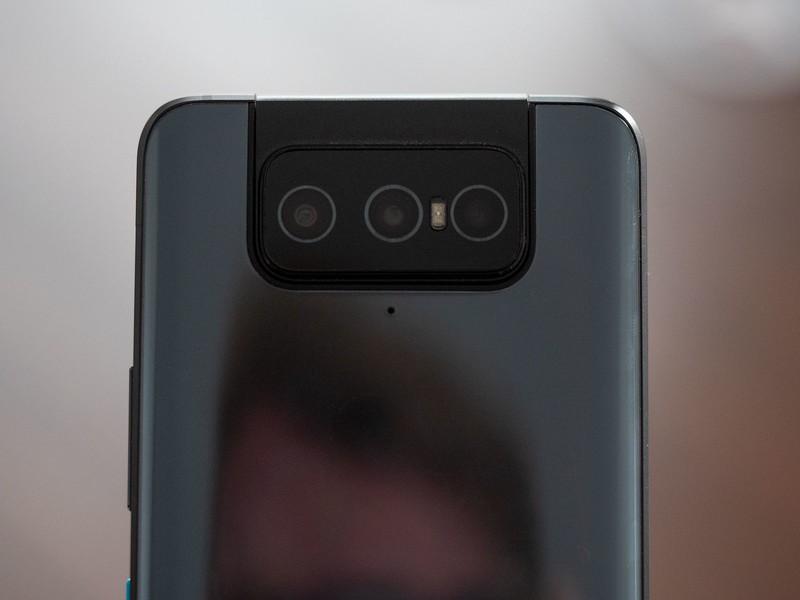
Zenfone 7 Pro deja vu.
Aside from some changes to the branding on the phone's back panel, the biggest functional change compared to last year's Zenfones is the move to an in-screen fingerprint sensor for biometric security. The capacitive sensor in the power button of last year's model has been retired, and the new optical sensor works about as well as any Android rival.
Besides that — and some minor color differences — this is pretty much a Zenfone 7 Pro from the outside. It's big and chunky. The flip camera module is a bit of a lint magnet. And the chamfered edges of the brushed metal trim have a bit of a nostalgic feel, channeling the design language of certain classic devices from HTC.
But what certainly has changed is the processor powering the new Zenfone. It's packing Qualcomm's Snapdragon 888 chipset, which gives a considerable bump in CPU and GPU horsepower compared to last year's models. The jump to a Snapdragon 888 is the most meaningful upgrade in the Zenfone 8 Flip, putting it on the same footing as the most expensive Android phones in terms of raw performance.
ASUS Zenfone 8 specifications
| Category | Features |
|---|---|
| Processor | Qualcomm Snapdragon 888 |
| GPU | Qualcomm Adreno 660 |
| OS / UI | ASUS ZenUI 8, Android 11 |
| Display | 6.67" FHD+ Samsung all-screen AMOLED display, 92% screen-to-body ratio, 20:9 ratio, 90Hz refresh rate, 1ms response time, 200Hz touch sampling rate110% DCI-P3 color space, Delta ECorning® Gorilla® Glass 6 |
| External Storage | No SD-card reader; NTFS support for external HDD |
| Sensors | In-display fingerprint sensor, Accelerator sensor, E-Compass sensor, Proximity sensor, Ambient light sensor, Gyro sensor (Support ARCore) |
| Memory/Storage | 8GB RAM, 128-256GB storage + microSD |
| Main Camera | 64MP SONY IMX686 flagship sensor, Quad Bayer Technology, F1.8, FOV 78° (26.6 mm in 35 mm camera), 0.8μm/1.6μm effective pixel size, 1/1.7", 2x1 OCL PDAF, Dual LED flash, 8K video recording with EIS |
| Second Camera | Sony® flagship IMX363 12 MP dual pixel image sensor, FOV 112° (14.3 mm in 35 mm camera), F2.2 aperture, 1/2.55" sensor size, 1.4μm pixel size, Auto FocusSupports 4 cm Macro shotReal-time distortion correction |
| Third camera | 8MP OmniVision OV08A sensor, FOV 30° (80 mm in 35 mm camera), 3x telephoto zoom with up to 12x total zoom |
| Video | 8K UHD (7680x4320) video at 30 fps + EIS for main camera4K UHD (3840 by 2160) video at 30 / 60 fps + EIS for secondary camera1080p FHD video recording at 30 / 60 fps with HyperSteady720p HD video recording at 30 fps3-axis electronic image stabilizationMotion Tracking video (4K UHD video at 60 fps)Time Lapse (4K UHD video)Slow Motion video (4K UHD at 120 fps / 1080p FHD at 240 fps / 720p at 480 fps)Take still photo while recording video (do not support in 8K video recording)Manual video mode |
| Wireless | Integrated WiFi 6 (802.11a/b/g/n/ac/ax, 2x2 MIMO)Dual-band 2.4 GHz / 5 GHz WiFiBluetooth® 5.2 (EDR + A2DP), supports Qualcomm® aptXTM Adaptive + ACCWi-Fi DirectNFC |
| SIM Cards | Triple slots: 5G + 5G dual Nano-SIM / dual-standby support & one MicroSD card that supports up to 2 TB |
| Water Resistant | No |
| NFC | Supported (Card mode support in power off) |
| Battery | 5000mAh (typ) |
| Charging | Charger 30W 3.3V-11V = MAX 3APD3.0 PPS / Direct Charge / QC4.0 adapter |
| Colors | Obsidian Black and Horizon Silver |
| Dimensions | 165.04 x 77.28 x 9.6 mm |
| Weight | 230 grams |
Elsewhere, though, the spec sheet mirrors last year's premium Zenfone. There's the same 6.67-inch Full HD+ 90Hz display, which presents an expansive viewport without a selfie camera cutout. The display still holds up in 2021, though it doesn't quite match the otherworldly smoothness of 120Hz contemporaries like the regular Zenfone 8. The loudspeaker, too, is worthy of a flagship phone, providing ample volume and bass whether you're gaming, watching YouTube videos, or taking a call on speakerphone.
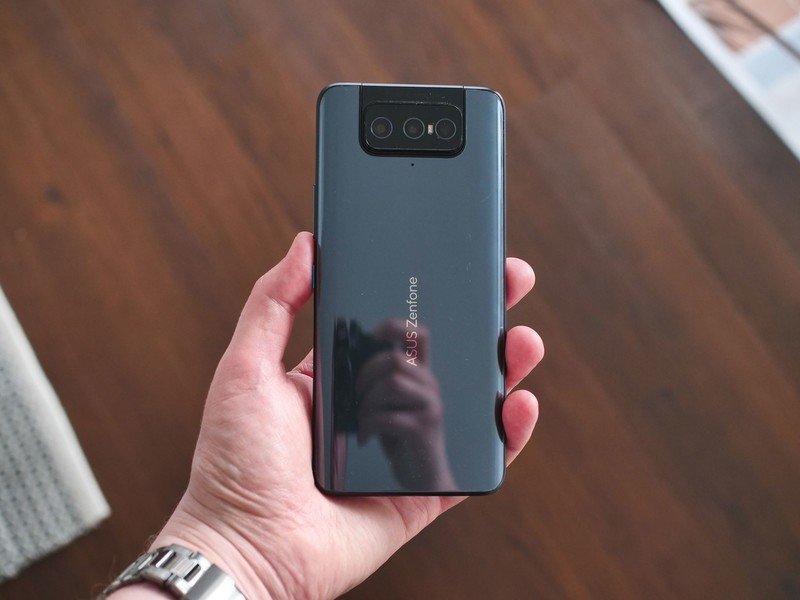
Most of the hardware unchanged from last year's phone still holds up.
And ASUS still allows you to use two SIM cards and a microSD card simultaneously, in contrast to most flagship Android phones that force you to choose between a second SIM or an SD card, if either feature is even offered.
Other less fortunate similarities include the lack of any IP rating, unlike the vanilla Zenfone 8, as well as the omission of wireless charging. The latter is especially disappointing considering most of the Zenfone 8 Flip's competitors at this price point include this table-stakes feature.
ASUS Zenfone 8: Software and performance
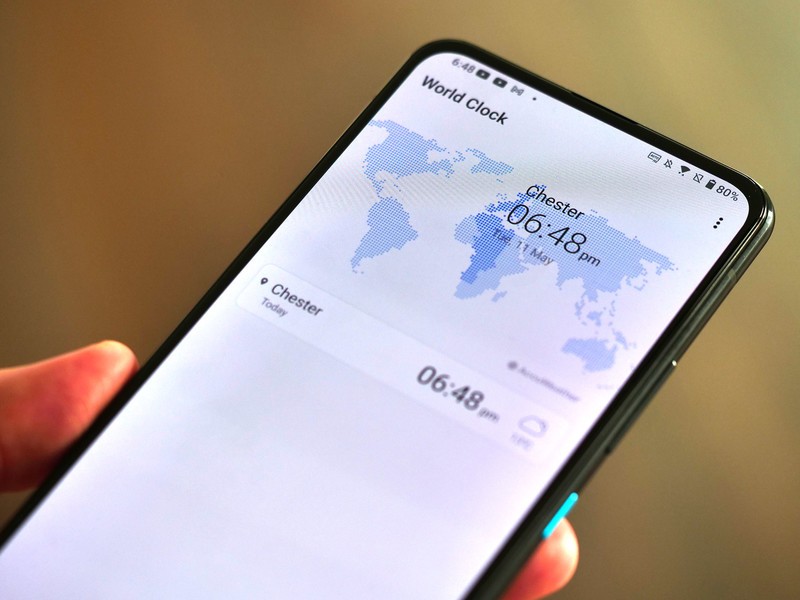
For the past couple of years, ASUS has offered some of the cleanest, fastest Android software around. The look and feel is basically that of vanilla Android, and there are no preloaded bloatware apps to be found. As you'd expect for that kind of software running on the latest Qualcomm Snapdragon chipset, the Zenfone 8 Flip feels phenomenally fast in everyday use. If you're not a fan of the excessive customization and bloat added by some of the bigger names in Android, you'll appreciate what ASUS has done with the latest ZenUI 8.
Pure Android with plenty of extra goodies.
But ZenUI isn't just about trimming Android back to the bare essentials. There's actually a lot of new, added functionality to discover on top of that clean Android 11-based UI. Mobile gamers will appreciate ASUS's Game Genie mode, which has been ported across from its gaming-centric ROG handsets. From here, you can control interruptions like notifications and phone calls while gaming, record your play sessions, and balance performance and battery life.
ASUS has finally added a decent one-handed mode, too, now complete with an Android 12-style swipe-down gesture. On previous Zenfones, this feature was only accessible via the quick settings shortcut, so having quicker access to this mode is welcome on a phone as large as the Zenfone 8 Flip.
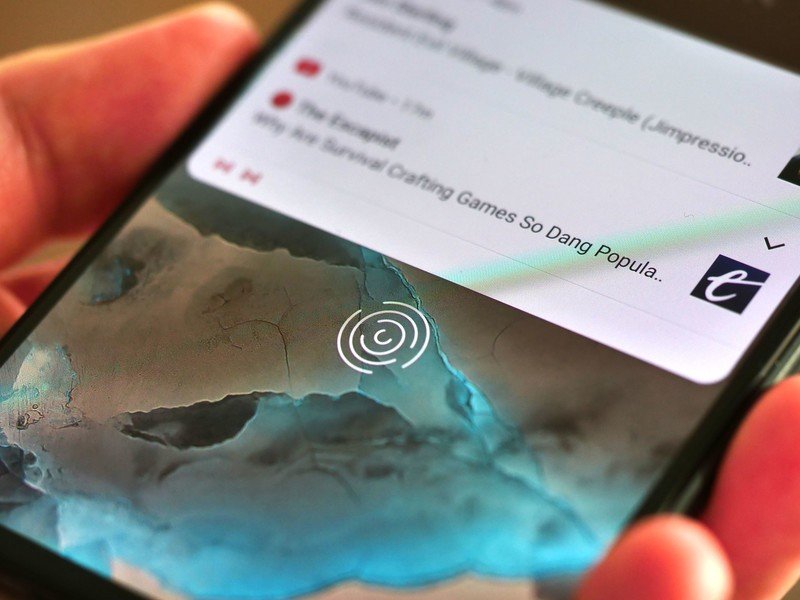
And there's plenty of Google functionality baked in too. Google's Messages app is preloaded by default for texts, adding RCS support and spam detection. And you can use the Zenfone 8 Flip with the Google Dialer app, too — it's fully supported once downloaded from the Play Store and set as default.
Plus, there are more customization options this time around, as ZenUI 8 improves support for custom accent colors, icon cutouts, and fonts. And new clock styles have been added to the always-on display.
ASUS hasn't monkeyed too much with the way Android looks or feels, but there is a wealth of value-added features to be found if you go digging in the settings. These include small changes like the option to rearrange the quick settings area for easier reachability, to more impactful additions like new Samsung-style toast notifications, which can be enabled to stop alerts taking up so much screen space.
Once again, though, if you've used any of the previous generations of Zenfones, this will be a very familiar experience. This software is pretty much identical to the Zenfone 7 Pro running the most recent Android 11 update.
Speaking of updates, it's also worth considering ASUS's relatively slow rollout of Android platform updates for its 2019 and 2020 handsets. While the company is promising "at least" two major OS updates for its 2021 handsets, based on ASUS's Android 11 rollout for its existing phones, you might be waiting until well into 2022 to get Android 12 on the Zenfone 8 Flip.
ASUS Zenfone 8: Battery
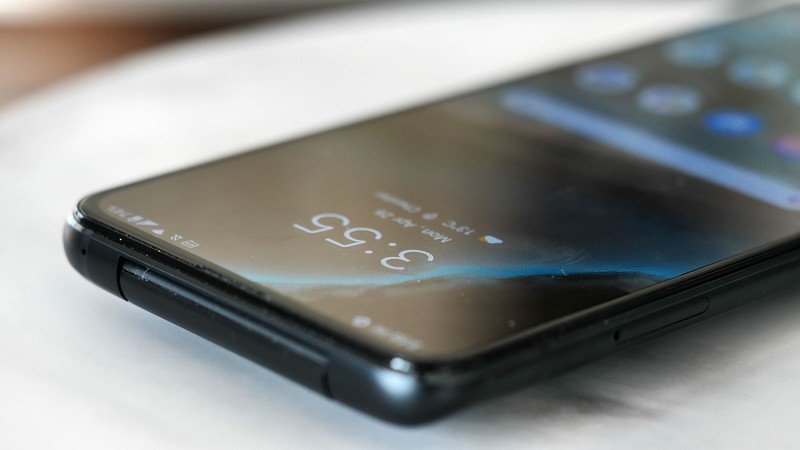
The ASUS Zenfone 8 Flip offers one of the biggest batteries in any mainstream smartphone, with an impressive 5,000mAh capacity. That's the same as last year's Zenfone 7 Pro; however, I've noticed relatively stronger battery life with this year's model, possibly due to the more efficient Snapdragon 888 processor or software efficiency improvements. All said I had no trouble getting through a full day of use while bouncing between cellular data and Wi-Fi on the Zenfone 8 Flip.
As with its predecessor, the only activity that seemed to have a heavy impact on battery life was photography. If you're out and about using 5G data and taking lots of selfies, you may be reaching for your charger by mid-evening. However, this battery drain was less aggressive than what I've witnessed from the Zenfone 7 Pro under similar conditions.
Strong battery life, but no wireless charging.
Charging, once again, is provided via the 30W USB-PD brick included in the box. That's not the fastest we've seen in a flagship phone, but it's still comfortably quicker than the 25W offered by the Samsung Galaxy S21 Ultra, which also packs a 5,000mAh cell.
One feature ASUS is still unable to offer, though, is wireless charging. That's still a conscious decision on the part of the manufacturer to fit in a larger battery. But it's still disappointing considering the Zenfone 8 Flip's price point and the wide adoption of wireless charging among its competitors.
ASUS Zenfone 8: Cameras
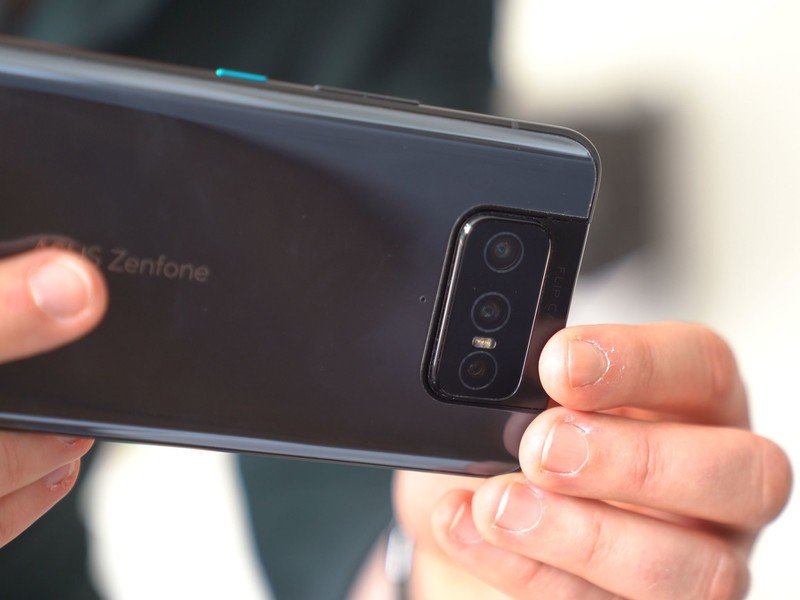
At first glance, you might assume that ASUS has simply reused the camera setup of the Zenfone 7 Pro wholesale, but that's not quite the case. There's one small omission to note: while the Zenfone 8 Flip features the same main sensor as the 7 Pro, Sony's 64MP IMX686, there's no optical stabilization on offer this time around. That means that while the main camera continues to shine in scenes with good lighting, it's less capable than last year's flagship after the sun goes down.
That said, you're still getting an incredibly versatile camera setup in ASUS's latest phone. Alongside that 64MP main shooter, which spits out images at 16MP, you've got an 8MP 3X telephoto camera and 12MP ultrawide. The latter uses Sony's IMX636, the same sensor fitted behind the main camera of the Google Pixel 5.
Because of the Zenfone's unique flip camera assembly, which is rated for up to 150 flips per day for 5 years, all three of these cameras can also be used to take selfies. And that's arguably the Zenfone 8 Flip's biggest selling point: No need to settle for an inferior front-facing camera behind a notch or hole punch. Simply take great selfies by flipping over the main camera array.
ASUS still crushes it when it comes to selfies.








What's also really useful is the ability to manually rotate the camera to any angle between front-facing and rear-facing. At a 90-degree angle, the Zenfone is the ideal camera phone for shooting kids or pets from a lower vantage point. This feature also works in third-party camera apps thanks to ASUS's floating camera control widget, which can be enabled via the settings.
Whichever direction they're facing, the Zenfone 8 Flip's cameras reliably take fantastic-looking photos. I've been impressed by ASUS's HDR capabilities in particular. All three cameras manage to take evenly exposed shots even in challenging backlit conditions. I've also appreciated ASUS's color science, which is fairly close to that of Google's Pixel phones. ASUS leans towards natural-looking colors instead of oversaturating photos. And images also retain plenty of fine detail, with just a touch of grain when viewed up close.
What's more, even though the Zenfone 8 Flip's main camera lacks OIS, all the wide and ultrawide cameras can be used with the manufacturer's impressive night mode. That means that, unlike the vanilla Zenfone 8, night mode selfies are a possibility since there's no separate selfie camera.
On the one hand, it's a little disappointing to see ASUS basically treading water with its flip camera technology in this year's model. That said, I can't fault the pictures produced by the Zenfone 8 Flip, especially when comparing its selfie capabilities to the (often much more expensive) competition.
ASUS Zenfone 8: Competition
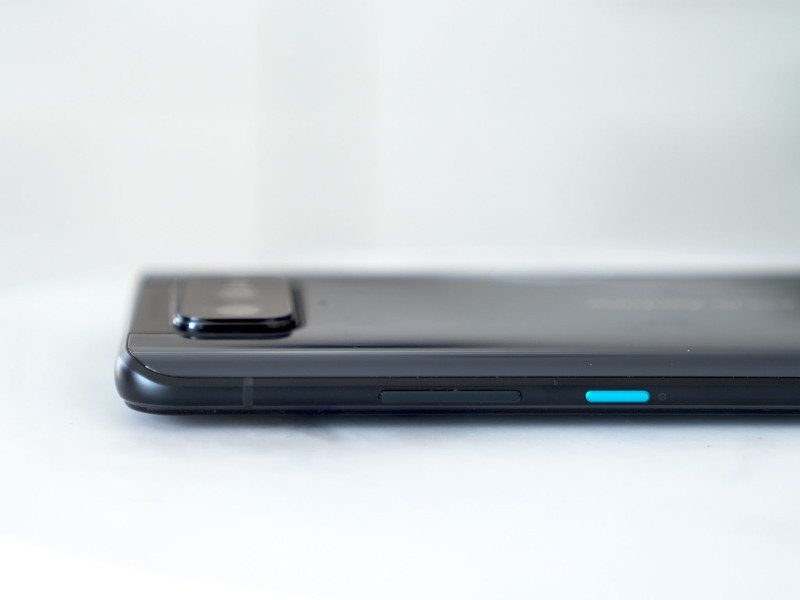
Given their similarities, the Zenfone 8's biggest competitor is probably ASUS's own Zenfone 7 Pro. That phone currently sells for €100 less than the new model, and on paper, it offers a superior camera system thanks to its optically stabilized main camera. That said, last year's Zenfones will have a shorter support life span than the newer models, and they also can't boast the very latest silicon from Qualcomm, instead using the older Snapdragon 865+.
The Zenfone 8 Flip's biggest competitor is last year's ASUS flagship.
Also floating around the €699 mark is the OnePlus 9, which lacks the Zenfone 8 Flip's telephoto camera but packs a superior Sony IMX689 main sensor. There's also a quicker 120Hz display on the OnePlus phone, along with important table-stakes features like water resistance and wireless charging. That said, ASUS has a larger battery and flip camera going for it, enabling its phone to last longer and take better selfies.
Samsung's base model Galaxy S21 is also worth considering for its more balanced spec sheet and longer support lifespan, though its price is markedly higher than the Zenfone's at €850 unlocked.
ASUS Zenfone 8: Should you buy it?
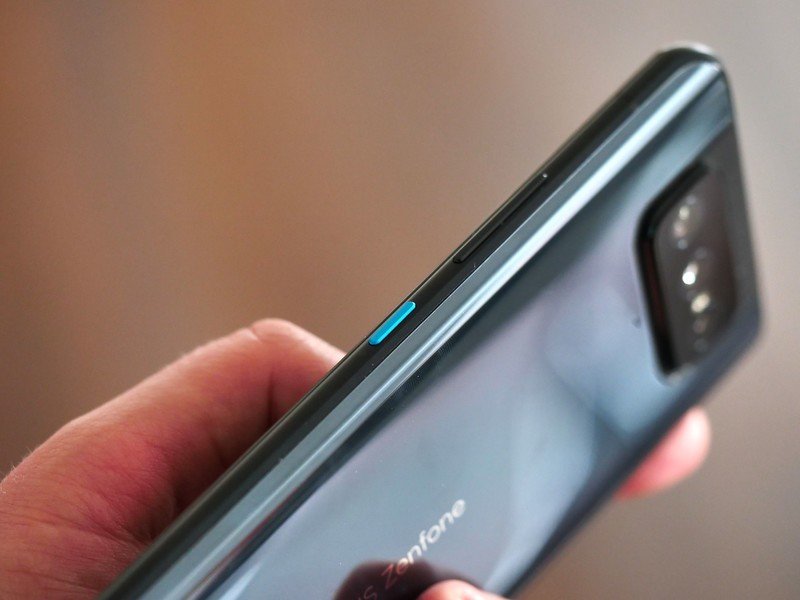
You should buy this if ...
- You want a powerful Android phone that takes great selfies
- You care about fast, clean Android software
- You want the very best wide-angle selfies
You shouldn't buy this if...
- You need water resistance
- You want fast updates to the latest versions of Android
- You need wireless charging
4 out of 5
In explaining the Zenfone 8 Flip, ASUS is stuck in a branding quagmire of its own creation. The vanilla Zenfone 8 is an entirely new (smaller) phone, not the successor to the Zenfone 7. The Zenfone 8 Flip is the successor to last year's Zenfone 7, not the 7 Pro, so it seems underwhelming by comparison to last year's ASUS flagship. And at present, there's no direct successor to the Zenfone 7 Pro — we asked, and the answer right now is "no comment."
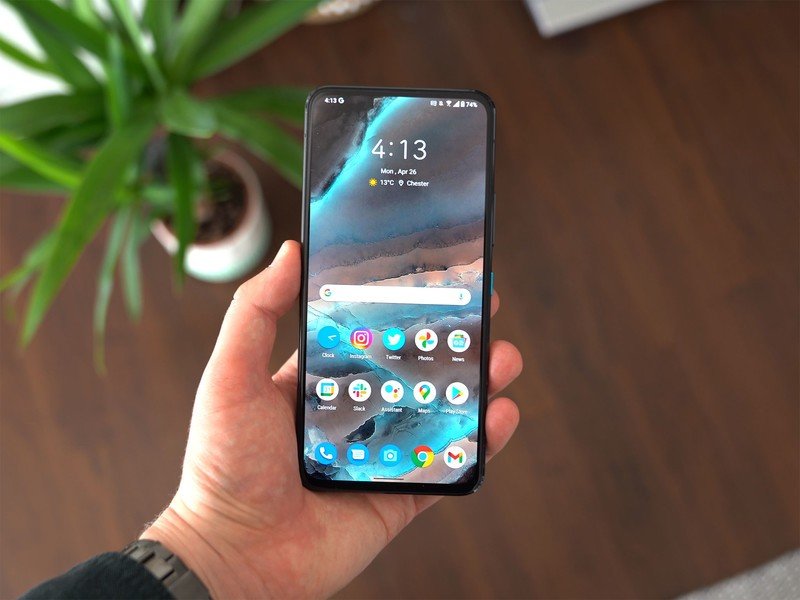
So ultimately, what you have here is a Zenfone 7 Pro with an upgraded processor and a very slightly downgraded camera at the same launch price as last year's flagship. Again, that sounds fairly underwhelming when the 7 Pro itself is now available for considerably less.
This half-step upgrade could leave fans of the Zenfone 7 Pro feeling disappointed.
This close similarity means that none of our Zenfone 7 bugbears have really been addressed with this release. There's still no wireless charging or water resistance, both of which should be table-stakes features in an €800 phone. And the phone itself still feels a bit too bulky for its own good compared to the likes of the OnePlus 9 Pro, which features a similar display-diagonal.
Nevertheless, the Zenfone 8 Flip still has ASUS's two major differentiators working in its favor: slick, fast, clean software and some of the best selfies around, made possible by the flip camera. The asking price may seem steep, but if you want a phenomenal selfie phone that also ticks the major spec boxes for a 2021 flagship, the Zenfone 8 Flip is worth a look.

Alex was with Android Central for over a decade, producing written and video content for the site, and served as global Executive Editor from 2016 to 2022.

